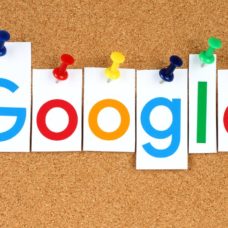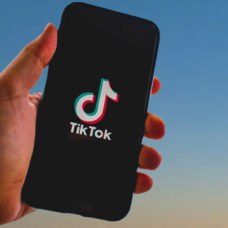*NOTE* In a previous version of this article, we misrepresented Google Attribution, an attribution tool that helps marketers understand how their emails work alongside search ads and display ads to generate clicks and/or purchases. This article focuses mainly on Store Sales Measurement.
At the Google Marketing Next 2017 conference, Google announced Store Sales Measurement, composed of two new ad analytics products designed to link certain activity in brick-and-mortar stores to clicks on digital ads.
New Google ad tools come amidst a push to recover ad revenue lost from major advertisers who boycotted YouTube. This boycott was organized because Google allowed their content to be displayed alongside violent and inappropriate content.
Despite these losses, Google controlled an advertising network worth $79 billion USD last year.
This enables them to continue the spread of market-wide advertising influence and capture more advertising revenue.
Google Attribution and Store Sales Measurement are mediums for doing just that.
Store Sales Measurement Links Online Activity With In-store Purchases
One product within Google’s Store Sales Measurement matches digital ad clicks of users logged into Google services with purchases on their credit and debit cards. The other product will work with store-loyalty programs.
Google asserts that it controls access to 70% of U.S. credit and debit card transactions based on business partnerships with companies that monitor the data.
Of course, machine learning platforms will play a huge part in how all of this data managed.
Google's advertising network was worth $79 billion USD in 2016.Click To TweetThis development could shed light on the evolution of brick-and-mortar retail shopping, an experience many experts see going the way of the dodo bird.
According to Google, under the umbrella of Store Sales Measurement, consumer email addresses and store-loyalty information will interact with a sea of Google data from other products like AdWords, Google Analytics, and DoubleClick Search to create a holistic view of marketing performance.
Miro Copic, a marketing professor at San Diego State University says, “The privacy implications of this are pretty massive, so Google needs to tread very carefully.”
He points out that this trove of sensitive information could be an ideal challenge for hackers.
Initially, sources reported that Google would be able to suss out specific purchases made in brick-and-mortar stores by customers who had clicked on a digital ad paid for by that retail business.
Yet, according to Suzanne Blackburn of Google Global Communications and Public Affairs, “Google only learns of the aggregate value over multiple purchases, not individual transactions or individual products or who the individual person is. All data is anonymized and aggregated.”
In addition, Google will only utilize Store Sales Measurement for users that have consented for Web and App History. Changes can be made to these settings via the My Accounts page.
How Long Will This be Relevant?
Regarding privacy concerns, Rob Enderle of Enderle Group asserts that complaints about this level of data aggregation are about a decade late. The time to protest, he argues, was when the collection of consumer data began.
Perhaps, the move towards these deeply analytical advertising methods is an inevitable outcome of our changing industry.
And, as we move further into Industry 4.0, we understand that the movement will be concerned with organizing and integrating the data we’ve spent decades collecting and establishing systems to collect.
Yet, aside from having observations of how consumers are influenced by digital ads in regard to future purchases, how useful will this advertising data be when brick-and-mortar stores are no longer practical?
At the very least, Google will generate a better understanding of which ads lead to actual sales. This itself is a marketable service.
Simply put, knowing what customers want makes selling to them easy.



















Comments (0)
Most Recent